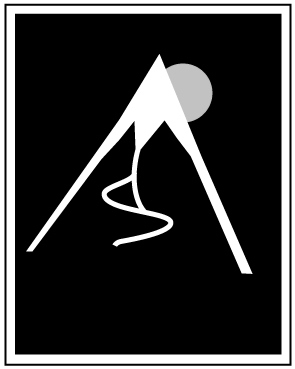Theory of Readiness
I am certainly not a scientist and have no foundation or pedigree to declare theories, so it makes sense that my selection of words is already taken...
As a self-taught artist, I've relied on a variety of methods to learn and absorb as much as I can about art. Absent formal training or education, I found myself researching recommendations on learning that often led to books, DVDs, workshops, demonstrations, and encouragement to visit galleries and museums. All of this was in addition to the advice that simply painting is the best way to learn.
Being relatively cerebral by nature, all of this made sense to me. So I dug in!
It took some time, but I realized that my self-imposed expectations far exceeded my ability. This manifested itself in books that provided enough insight to push me forward, but failed to deliver the true essence of the words. Same for DVDs, workshops, exhibits, and even the act of actually painting. Continually, I failed to see the full value of what others recommended as wonderful resources and practices.
My artistic world was overwhelming and I was unfair to myself!
When I realized this, I made the discovery that I was only able to absorb information at a regulated pace. I learned to let go of frustrations and allowed myself to revisit the resources again, looking for nuances I was now prepared to understand. I had to build up the knowledge base to process information and advice at a deeper level.
Formalization of Readiness
With some excitement, I thought of a "Theory of Readiness" as words that described this process; however, upon an internet search, I found it was already taken by someone with much more credibility than I have. In an article primarily written about the education system, Arthur Jensen declares:
“Readiness to learn occurs when a child has achieved cumulative learning of component subskills and the developmental maturity necessary to integrate these subskills into the desired skill. Readiness is relative, however, not only to the skill, but also to the technique of instruction. Thus, readiness for learning a particular skill by different techniques may come at different times. Attempting to force instruction on a child who is not ready can cause the child either to learn the skill by a more primitive technique (one which has little transfer value to other learning) or to “turn off” to learning altogether...”
There. I couldn't say it any better. Cumulative. Subskills. Maturity. Technique. Instruction. Etc... READINESS! Avoid the turn off!
Luckily, I built a collection of resources that allows me to revisit them over and over. And, as I now suspect, I learn something new, something deeper, each time I go back. It is a process that takes patience and time, but it is immensely rewarding when you recognize it!
How Versus Why
Recently, I listened to a Savvy Painter podcast where esteemed artist Skip Whitcomb was interviewed (link here). Among a litany of wonderful advice, he summarized this exact approach, recommending a student ask Why? rather than How?. Said differently, it is one thing to be curious about HOW something is created or the technique that was used (as is often the case with less experienced artists), but to understand WHY is a much more meaningful level of richness. Strive for this approach!
Advice
I'm sure my experience is not unique, but it is deeply personal. Further, I also expect that this phenomenon is perpetual throughout a lifetime of learning. I suppose this is the joy of the process.
So, stay the course and recognize we all produce and absorb at a level which reflects our current ability. Continue to strive for more! Advance. Be curious and never complacent. With time, that light bulb will go off and things will click!
Keep advancing your level of readiness!

